children with the first management guideline published in 2000 by the American Pediatric Surgical
Association (APSA). Multiple articles have expanded on the original guidelines and additional therapy
has been investigated to improve care for these patients. Based on a literature review and current
consensus, the management guidelines for the treatment of blunt liver and spleen injuries are presented.
Methods: A recent literature review by the APSA Outcomes committee [2] was utilized as the basis for
the guideline recommendations. A task force was assembled from the APSA Committee on Trauma to
review the original guidelines, the literature reported by the Outcomes Committee and then to develop
an easy to implement guideline.
Results: The updated guidelines for the management of blunt liver and spleen injuries are divided into 4
sections: Admission, Procedures, Set Free and Aftercare. Admission to the intensive care unit is based on
abnormal vital signs after resuscitation with stable patients admitted to the ward with minimal restrictions.
Procedure recommendations include transfusions for low hemoglobin (<7 mg/dL) or signs of ongoing
bleeding. Angioembolization and operative exploration is limited to those patients with clinical signs of
continued bleeding after resuscitation. Discharge is based on clinical condition and not grade of injury.
Activity restrictions remain the same while follow-up imaging is only indicated for symptomatic patients.
Conclusion: The updated APSA guidelines for the management of blunt liver and spleen injuries present
an easy-to-follow management strategy for children.
Level of Evidence: Level 5.
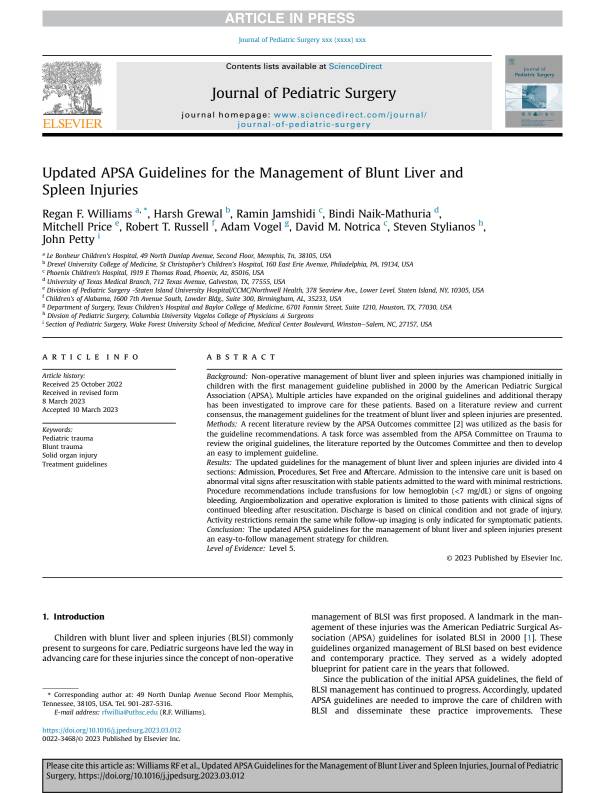

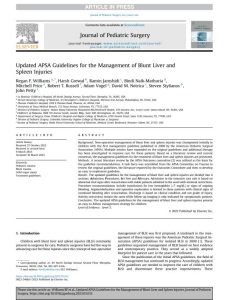




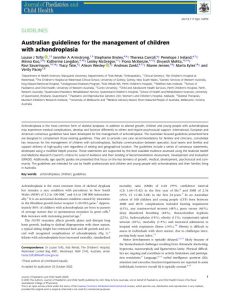
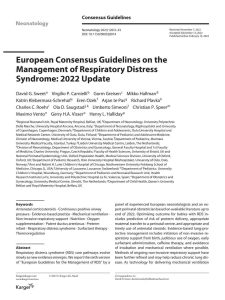
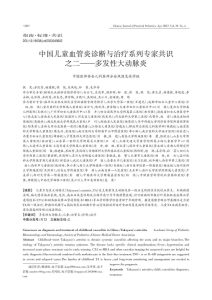
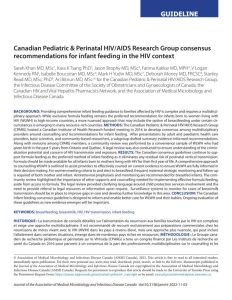
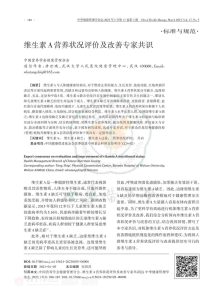
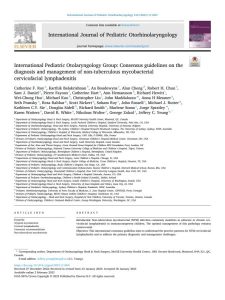
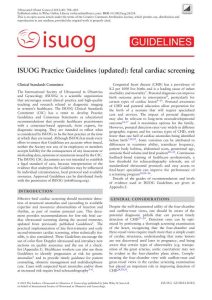
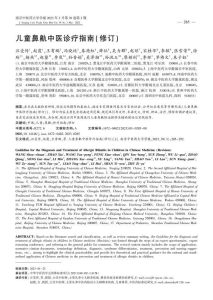



暂无评论内容